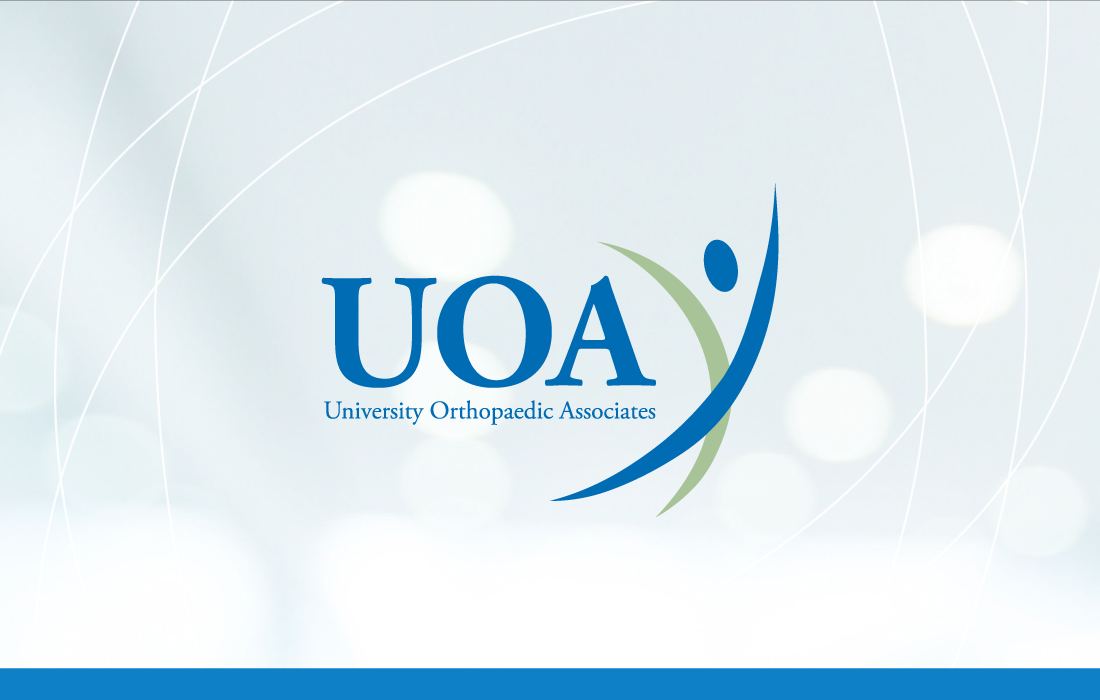What Is Bursitis of the Shoulder?
What are bursae?
Bursae are small, fluid-filled sacs, usually found near joints that act as cushions between the bones and their surrounding structures, such as muscles, ligaments and tendons. A bursa sac is made up of a synovial membrane that produces viscous synovial fluid, which provides lubrication and the sac’s cushioning effect. This synovial membrane is thin and semi-permeable, meaning other materials are able to flow through it.
What are synovial joints?
Most of the joints in the body are synovial joints, which vary in structure but have many common attributes. The main attribute of synovial joints is their ability to allow for movement. The synovial bursae that separates and lubricates the soft tissue and bones of each joint is what allows for healthy joints and good range of motion.
What is bursitis?
The shoulder is a synovial joint – a ball-and-socket joint. The shoulder joint has a subacromial bursa that sits on top of the joint, above the rotator cuff and below the acromium (the point of the shoulder). The shoulder is one of the most common sites of bursitis. Bursitis occurs in the shoulder when the synovial membrane of the subacromial bursabecomes irritated and inflamed, causing it to thicken and produce excess synovial fluid.
The extra fluid causes the bursa to swell. Swelling results in a loss of range of motion due to less space for the muscles and tendons to move in the shoulder. The inflammation and swelling also cause pain.
The subacromial bursa is contiguous with the subdeltoid bursa. The deltoid is the large muscle responsible for lifting the arm and shoulder with force. This part of the bursa may also become inflamed, resulting in pain radiating down the outside of the arm to the mid-point of the humerus where the deltoid muscle inserts. This pain is frequently exacerbated at night prior to or during sleep.
Symptoms
Bursitis in the shoulder is a painful condition that may even interfere with sleep. Symptoms usually appear gradually and can include:
- Shoulder pain, Shoulder stiffness
- Deltoid pain
- Swelling around the shoulder
- Pain when raising the arm
- Pain with putting a shirt or coat on
- Pain with reaching to the back seat of the car
- Pain lifting weight away from the body with arms outstretched
- Spreading pain down arm towards elbow and wrist
- Worsening pain at night, especially if lying on affected shoulder
- Worsening pain with shoulder at rest too long
- Pain around outside or tip of shoulder
- Pain with touching of shoulder
Frozen shoulder (adhesive capsulitis) may occur in advanced cases of subacromial bursitis. With frozen shoulder, the shoulder has significant limitation of motion. Frozen shoulder is painful during the inflammatory phase (approximately 3 months) and develops gradually. Symptoms worsen, but eventually improve then go away; however, the healing process can take one to three years to resolve.
Causes and Risk Factors
Excessive, repetitive use of the shoulder may cause bursitis, which also often occurs in association with rotator cuff tendinitis. Both of these conditions are typically a result of deconditioning and weakness of the rotator cuff muscles. The rotator cuff can become weak and deconditioned from minor or major trauma. Bursitis may be associated with additional medical conditions such as thyroid disease, diabetes or gout.
Other risk factors include:
- Age – risk increases with age
- Decreased physical activity and exercise
- Poor posture
- Poor flexibility
- Shoulder shape – decreased space in the shoulder subacromial space
- Certain professions requiring repetitive use of the shoulder joint, such as athletes, musicians, painters, carpenters, and other manual labor professions.
Diagnosis
A physical exam is conducted where the shoulder will be palpated (felt) and the arm may be moved in different directions to check for range of motion and strength. Imaging tests may be ordered. An X-ray cannot show the bursa, but can be used to rule out bone damage and arthritis as other causes of shoulder pain including calcific rotator cuff tendinitis.
Treatment
NSAIDs should be used to reduce pain and inflammation. Activities that aggravate the injury and cause pain should be avoided. Symptoms may resolve after a few weeks, and exercises or physical therapy may be prescribed. Ice packs may be used at home within the first five days of onset, and may be applied for 15 to 20 minutes every four to six hours.
A cortisone injection is the next stage of treatment if initial methods are unsuccessful, though injections may rarely have side effects such as headaches and pain the night of the injection. These injections are not considered a permanent solution. However, if the shoulder can be reconditioned during the time the injection is working then pain may be resolved. Surgical treatment is considered in certain cases that continue longer than 6 to 12 months.
Surgical treatment is usually minimally invasive arthroscopy. In some cases, a surgeon may remove some of the bursa and shave the under surface of the acromial bone to make more room and diminish the impingement. Severely damaged bursae may be removed entirely. If muscles or tendons have been damaged, these may be repaired during surgery.
Shoulder bursitis exercises
After pain starts to subside, some gentle strengthening exercises may help improve and shorten the recovery period. Daily exercises keep the shoulder active without putting too much pressure on the joint. Shoulder bursitis exercises include:
- Shoulder rotation
- Door presses
- Stick lifts
Your doctor or physical therapist can provide you with details on how to perform these daily exercises and how often.
Shoulder bursitis prevention
There are some strategies to help prevent shoulder bursitis, which involve reducing strain on the joint. These strategies include:
- Gentle shoulder exercises for gaining strength
- Frequent breaks from repetitive activity
- Improving posture
- Warming up and stretching the shoulder before use
Recovery
Shoulder bursitis has a positive outlook, where treatment varies from a few days in case of a trauma injury to several weeks for an overuse injury. If other problems coexist, such as tendinitis, the healing time may be longer.
If you suspect you have shoulder bursitis or have more questions, please contact one of our shoulder specialists today to schedule an appointment.




